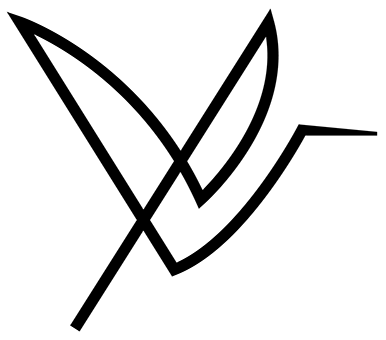What is photo photosynthesis?
What is photo photosynthesis?
Photosynthesis is the process by which plants use sunlight, water, and carbon dioxide to create oxygen and energy in the form of sugar.
What is the chemical process of photosynthesis?
Photosynthesis is a series of chemical reactions that convert carbon dioxide and water into glucose (sugar) and oxygen in the presence of sunlight.
What is the 4 process of photosynthesis?
It is convenient to divide the photosynthetic process in plants into four stages, each occurring in a defined area of the chloroplast: (1) absorption of light, (2) electron transport leading to the reduction of NADP+ to NADPH, (3) generation of ATP, and (4) conversion of CO2 into carbohydrates (carbon fixation).
Which one is the ultimate unit of photosynthesis?
The thylakoid is the structural unit of photosynthesis. Both photosynthetic prokaryotes and eukaryotes have these flattened sacs/vesicles containing photosynthetic chemicals. Only eukaryotes have chloroplasts with a surrounding membrane. Thylakoids are stacked like pancakes in stacks known collectively as grana.
What are the events occur during the process of photosynthesis?
The three major events that occur during the process of photosynthesis are: > Absorption of light energy by chlorophyll. > Conversion of light energy to chemical energy and splitting of water molecules into hydrogen and oxygen.
Do plants take in oxygen at night?
During daylight hours, plants take in carbon dioxide and release oxygen through photosynthesis, and at night only about half that carbon is then released through respiration. However, plants still remain a net carbon sink, meaning they absorb more than they emit.
Do plants grow at night?
Most plants grow faster in the evening and at night than they do during the day. In recent years, research on circadian rhythms in plants has shown that the night-time growth spurts of plants is under control of the plants biological clock.
What are the two main processes of photosynthesis?
There are two main stages of photosynthesis: the light-dependent reactions and the Calvin cycle.
When does the process of photosynthesis take place?
This terminology is somewhat misleading, because the entire process of photosynthesis is regulated to take place when an organism absorbs visible light. The light reactions refer to the set of reactions in which the energy of absorbed light is used to generate ATP and reducing power (NADPH).
What kind of energy does a plant use in photosynthesis?
Photosynthesis is the process by which plants use sunlight, water, and carbon dioxide to create oxygen and energy in the form of sugar.
What happens to carbon dioxide and water during photosynthesis?
The process During photosynthesis, plants take in carbon dioxide (CO 2) and water (H 2 O) from the air and soil. Within the plant cell, the water is oxidized, meaning it loses electrons, while the carbon dioxide is reduced, meaning it gains electrons. This transforms the water into oxygen and the carbon dioxide into glucose.
What is produced during the Calvin cycle of photosynthesis?
It involves producing a three-carbon compound called 3-phosphoglyceric acid during the Calvin Cycle, which goes on to become glucose. C4 photosynthesis, on the other hand, produces a four-carbon intermediate compound, which splits into carbon dioxide and a three-carbon compound during the Calvin Cycle.
https://www.youtube.com/watch?v=pFaBpVoQD4E
What is photo photosynthesis? Photosynthesis is the process by which plants use sunlight, water, and carbon dioxide to create oxygen and energy in the form of sugar. What is the chemical process of photosynthesis? Photosynthesis is a series of chemical reactions that convert carbon dioxide and water into glucose (sugar) and oxygen in the presence…
